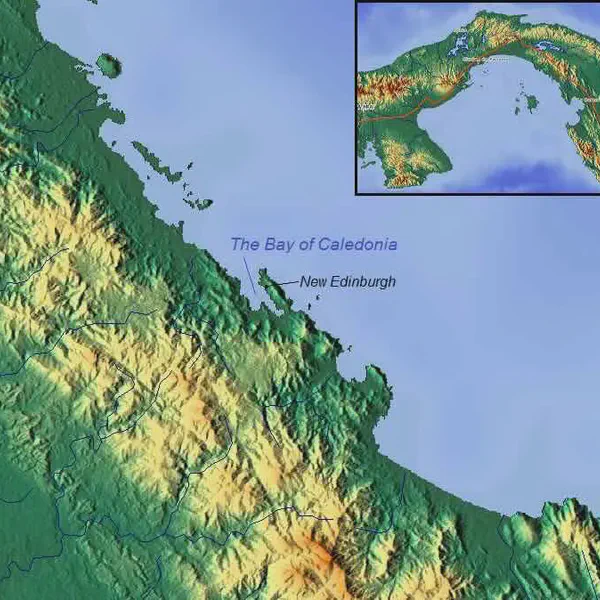
The Darien scheme was an unsuccessful attempt, backed largely by investors of the Kingdom of Scotland, to gain wealth and influence by establishing New Caledonia, a colony on the Isthmus of Panama, in the late 1690s.
Pacific and Atlantic Passage
The plan was for the colony, located on the Gulf of Darién, to establish and manage an overland route to connect the Pacific and Atlantic oceans. The backers knew that the first sighting of the Pacific Ocean by Balboa was after crossing the isthmus through Darién, now where the Panama Canal is.
The attempt at settling the area did not go well; more than 80% of participants died within a year, and the settlement was abandoned twice.
There are many explanations for the disaster. Rival claims have been made suggesting that the undertaking was beset by poor planning and provisioning; by divided leadership; by a lack of demand for traded goods, owing to an English trade blockade; by devastating epidemics of tropical disease; by the successful collaboration between the English East India Company and the English government to frustrate it; and by a failure to anticipate the Spanish Empire’s military response.
It was finally abandoned in March 1700 after a siege by Spanish forces, which also blockaded the harbour.
As the Company of Scotland was backed by approximately 20% of all the money circulating in Scotland, its failure left the entire Scottish Lowlands in financial ruin. This was an important factor in weakening their resistance to the Act of Union (completed in 1707).
The land where the Darien colony was built is located in the modern territory of Guna Yala, an autonomous indigenous territory home to the Guna people.
The expedition also took sovereignty over ‘Crab Isle’ (modern day Vieques, Puerto Rico) in 1698, yet sovereignty was short-lived.
More From This Day





